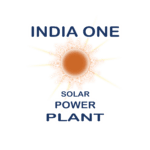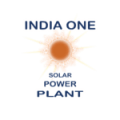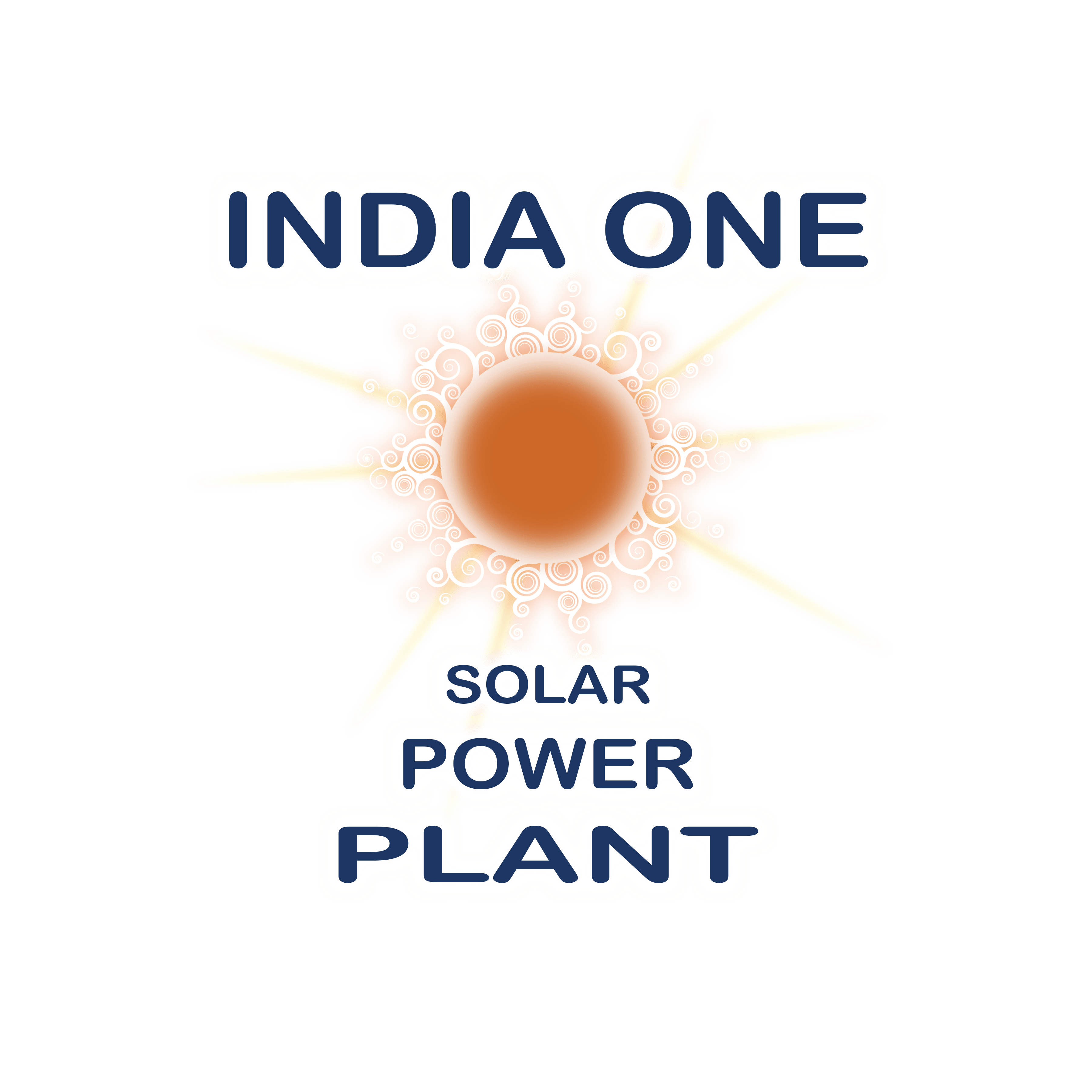WRST
- Home
- About Us
- WRST
” For almost 25 years, Brahma Kumaris and its sister organisation, the World Renewal Spiritual Trust (WRST), a recognised scientific and industrial research organisation in India, have been conducting training, research and development in renewable energy technologies. Sustainable Yogic Agriculture “
According to point 2.1) of the letter from ministry of Finance Annexure XII
2.i) Nature of activities undertaken and proposed along with necessary evidence.
Objectives of WRST towards scientific research in solar:
- Research and Development of renewable energy devices for home, community and industrial use;
- Simplifying the design of equipment for decentralized manufacturing, enabling employment in local communities;
- Encouraging individuals and industries to use renewable energy by presenting demonstrations in all campuses of Brahmakumaris I.V.V;
- Dissemination of information on renewable energy for easy application and commercialization for home usage and industrial applications;
- Conducting trainings for participants interested in manufacturing of devices, ranging from personal use to large scale, power plant applications;
- Organizing and participating in international and national conferences on renewable energy
Research on technologies by WRST
- Solar Photovoltaic power Systems
- Solar Steam Cooking Systems
- Solar Thermal Power Plants
- Water Recycling Technologies
- Passive Solar Architecture
- Energy Efficient Lamps
Newsletter
Share
Solar energy projects by WRST
Project start | Project end | Main Activities |
1993 | 1996 | R&D solar / wind for rural applications in Mt Abu; 10 kW wind hybrid in Mt Abu |
1997 | 1998 | R&D of a solar steam cooking system – first in the world solar steam cooking system installed at Gyan Sarovar Academy for 1000 meals/day 7.5 SQM parabolide concentrators , an output of 650 kg steam per day, the cooker is the oldest working system in the world; (see ref.1) |
1997 | 1998 | 50,000 Ltrs/Day Solar Hot water System at Gyan Sarovar Academy |
1999 | 2000 | World’s largest Solar Steam Cooking System at Shantivan Abu Road , with output of 3500 kg of steam daily, for 35,000 meals / day (see ref.1) |
1999 | 2001 | 60 No’s of 5kW each Solar PV systems for BK centers across India (see ref. 3) |
2002 | 2002 | Solar steam cooking system at Om Shanti Retreat Centre near Delhi , with an output of 800 kg of stream daily (5000 meals per day) (see ref.1) |
2003 | 2003 | Solar steam generation system ( 1000 kg steam per day) for cooking, laundry and sterilization for Global Hospital and Research Centre at Mt. Abu |
2006 | 2006 | 200kW Solar PV System at Om Shanti Retreat Center near Delhi (see ref. 3) |
2007 | 2007 | R&D, fabrication and test of 16 SQM Parabolic Dish |
2011 | 2013 | R&D Project 1 MW el Solar Thermal Power Plant India One (see ref. 4) |
Solar Steam Cooking Systems (ref. 1)
- In 1997, parabolic concentrators for institutional cooking were tested at the Gyan Sarovar Academy for a Better World in Mt Abu, Rajasthan, India.
- The concentrator was designed originally by Wolfgang Scheffler and successfully installed in 1997 at the Academy. System consists of 7.5 SQM parabolide concentrators , with an output of 650 kg steam per day and it is used for cooking 2000 meals a day. It is the oldest system working in this application in the world;
- Worlds largest solar kitchen has been operating in Shantivan since 1999
- 84 parabolic concentrators generate 3500 kg steam and 35,000 meals per day for 17 500 people.
- The system has been running smoothly for all those years and it has been recognized by the MNRE thus is eligible for 50% grant of total cost.
- Other main applications in:
- Om Shanti Retreat Centre near Delhi, with output of 800 kg of steam daily, for 5,000 meals per day,
- Global Hospital and Research Centre in Mt Abu with 1,000 kg of steam per day.
- Yelapur (Hubli) for 600 people;
Solar Steam System at GHRC (ref. 2)
- The Global Hospital and Research Centre functions as the prime medical centre for the whole mountain range and also conducts a wide range of conference and training programs throughout the year. It has an attached nursing training school
- With solar steam generation system installed in 2003, it is the first hospital equipped with a solar steam cooking system and also make use of this steam for additional purposes like sterilization and
- As the solar radiation in Mt. Abu is excellent, a system of this size can generate approximate 1,000 kg of steam per day.
- The steam is being used as follows: 300 kg steam for food cooking (600 meals per day); 300 kg steam for sterilizer (2 -3 shifts per day); 300 kg steam for laundry
- The system operates with 20 parabolic concentrators , reflecting sunlight on a total of 10 receivers. An optical reflection is close to 88%, with glass procured in India.
Solar PV Power Plants (ref. 3)
- 700 kW Solar PV power across India
- 1999-2001, 60 branches of the Brahma Kumaris World Spiritual University throughout India, were equipped with a 5 kW solar PV systems.
- In 2000, 3x 50KW solar PV power plants with Supower inverter were installed at Brahma Kumaris Headquarters.
- 50 kW SPV plant in Gyan Sarovar, Academy for Better World in Mt Abu
- In 2006, 200 kW SPV power plant was installed at Om Shanti Retreat Centre near New Delhi
Ongoing Project:
INDIA ONE Solar Thermal Power Plant For Institutional Usage (ref. 4)
“INDIA ONE” 1.0 MW el solar thermal power plant with 24 hr storage capacity,
- Innovative in- house developed technology of 60m2 parabolic dish
- Cast Iron cavity fixed receiver with innovative 24 hours heat storage capacity
- Direct generation of super heated steam
- Co-generation for efficient usage of thermal energy
- Indigenous technology:
- Relatively simple construction, modular design for decentralized fabrication
- Easy operation & maintenance
- Most components available in India
Schematic Flow Diagram

Key Features:
- Innovative 60 Sq. Meter Parabolic Reflector with high concentration ratio
- Innovative thermal 24 hr storage concept
- Due to direct steam generation, no heat exchanger and low parasitic loads
- Power on demand and high efficiency due to cogeneration
- Fixed receiver with no need for flexible high pressure joints leads to minmal operation and maintenance
- No vacuum technology and no metal glass sealing
- Cost effective / high output
- Most components available in India
- Inexpensive planar mirrors
- MC-controlled tracking system
- Relatively simple construction, modular design for decentralized fabrication
- Labor intensive project for employment creation, with reduced capital costs
- Easy to replicate
Visit at
- World Renewal Spiritual Trust India One Solar Thermal Power Plant Brahma Kumaris Shantivan Campus Abu Road – 307510, Rajasthan India
- +91 9414152925; +91 9667583989
- info@india-one.net


